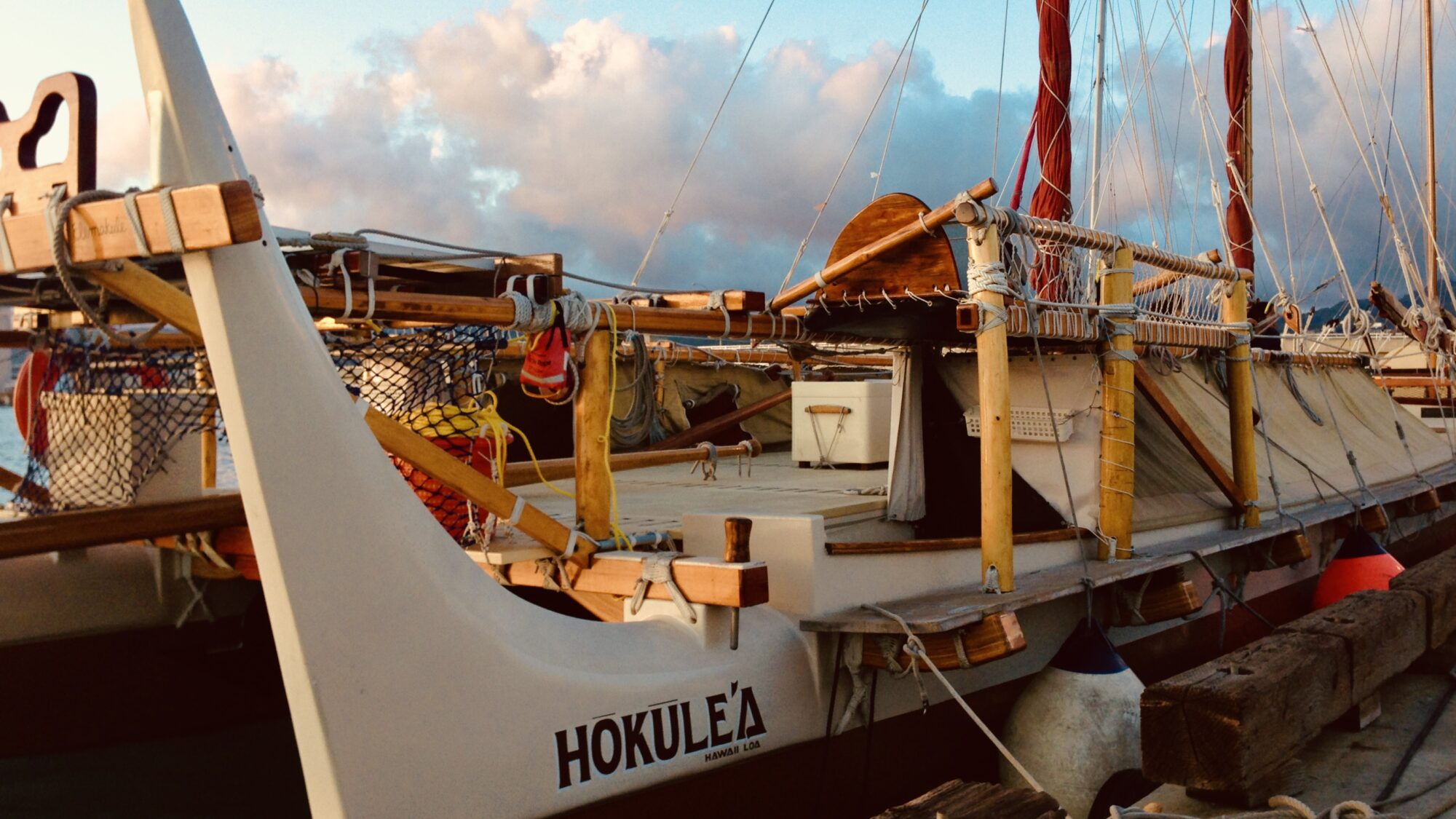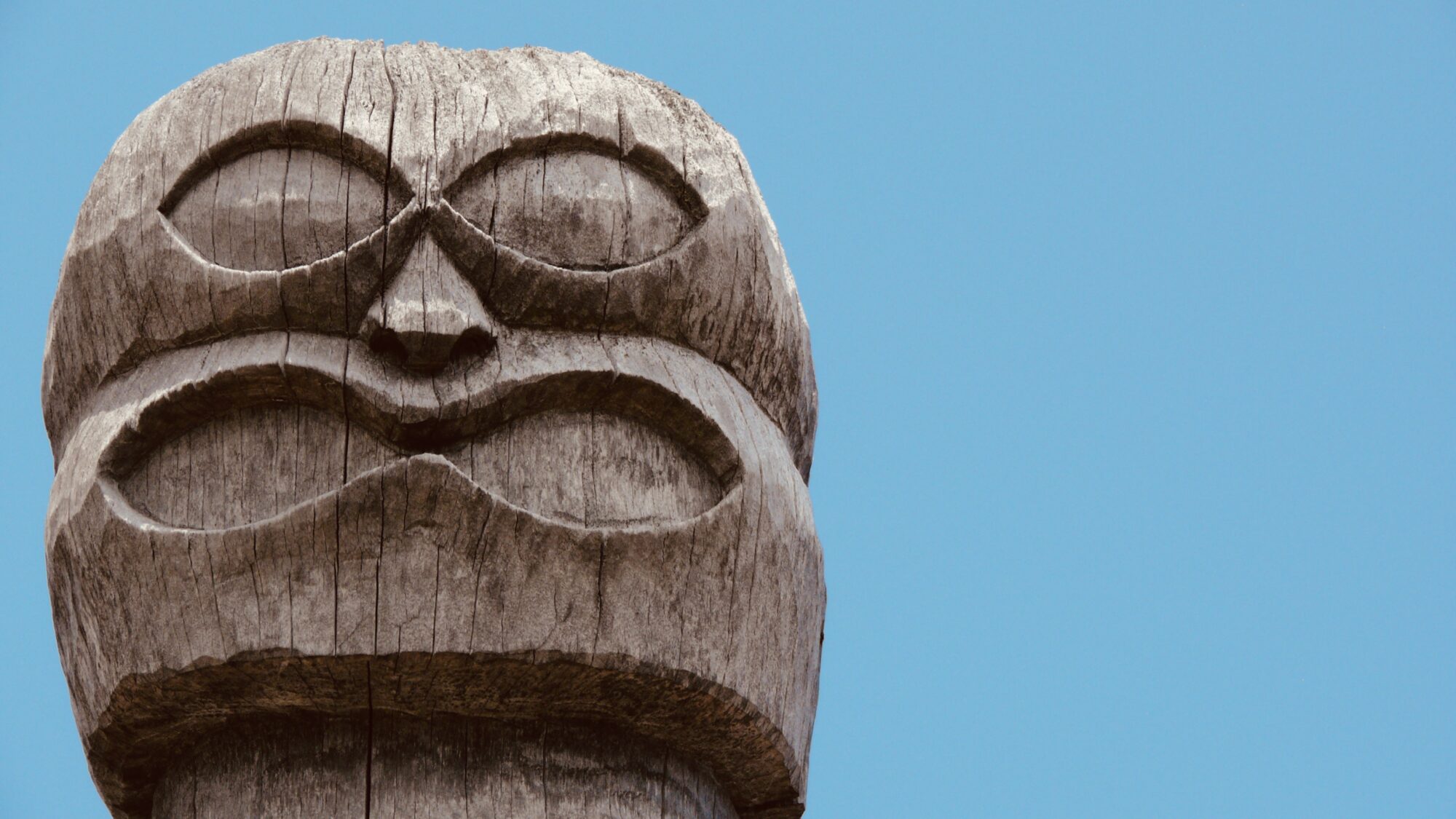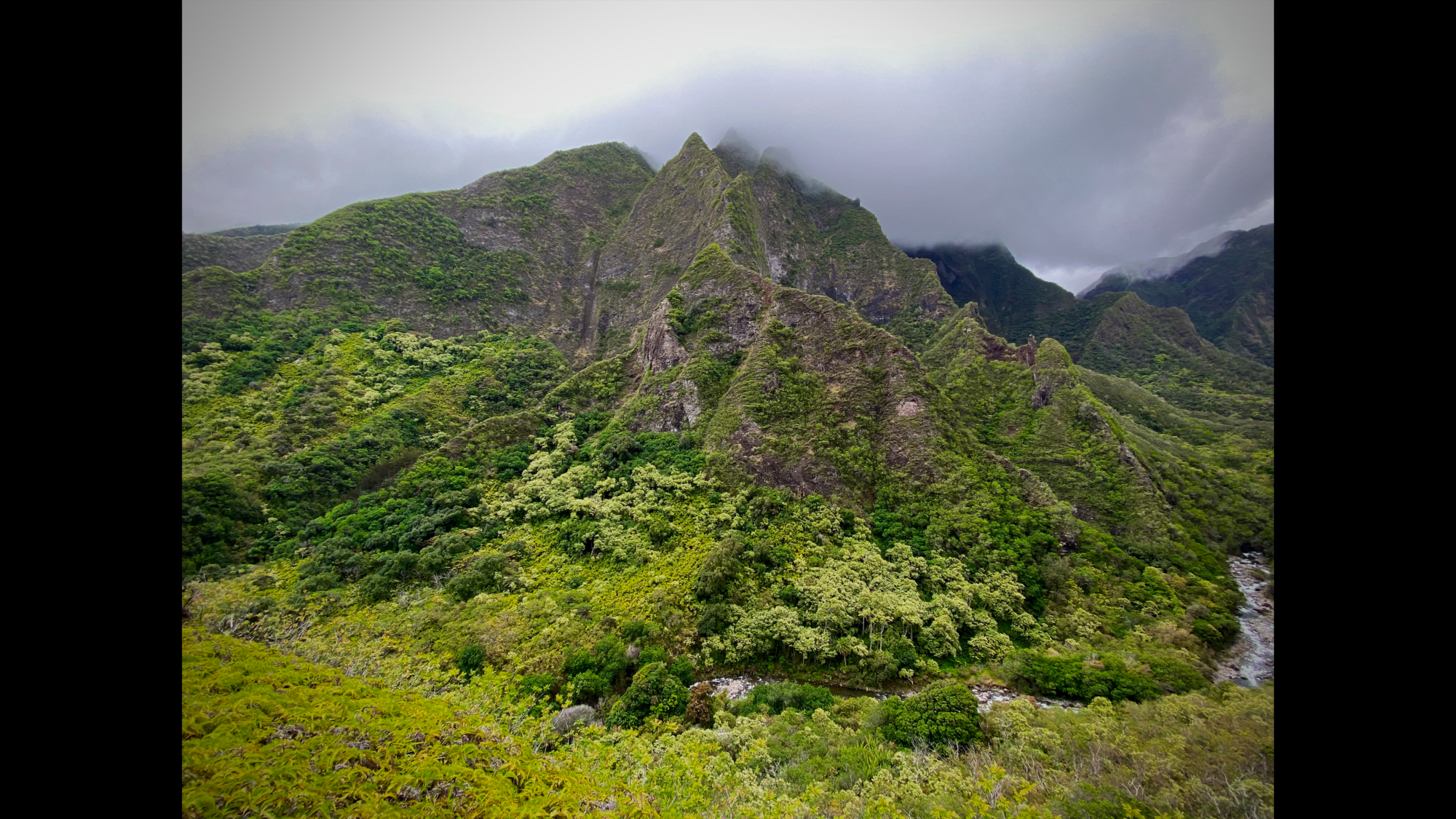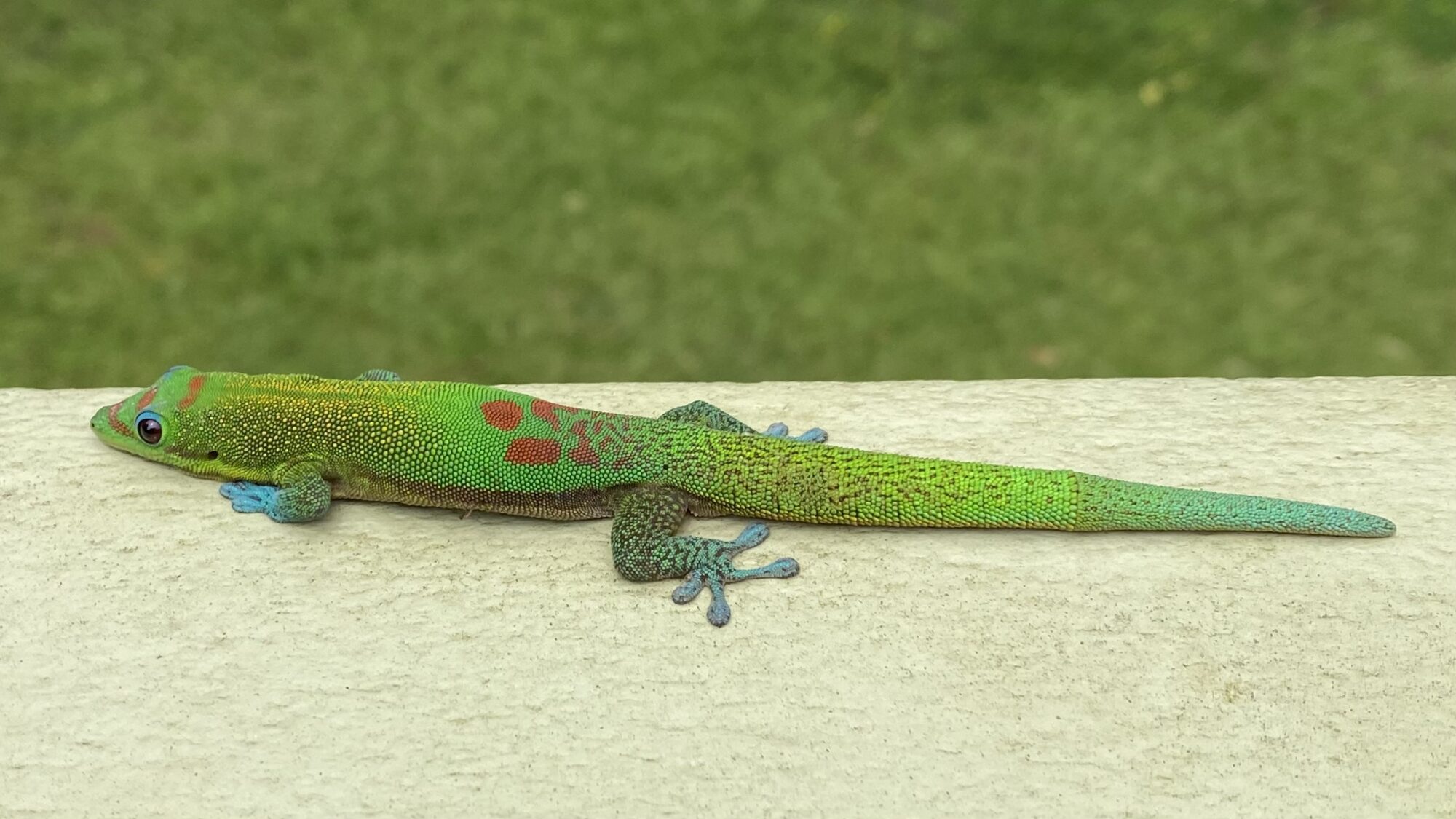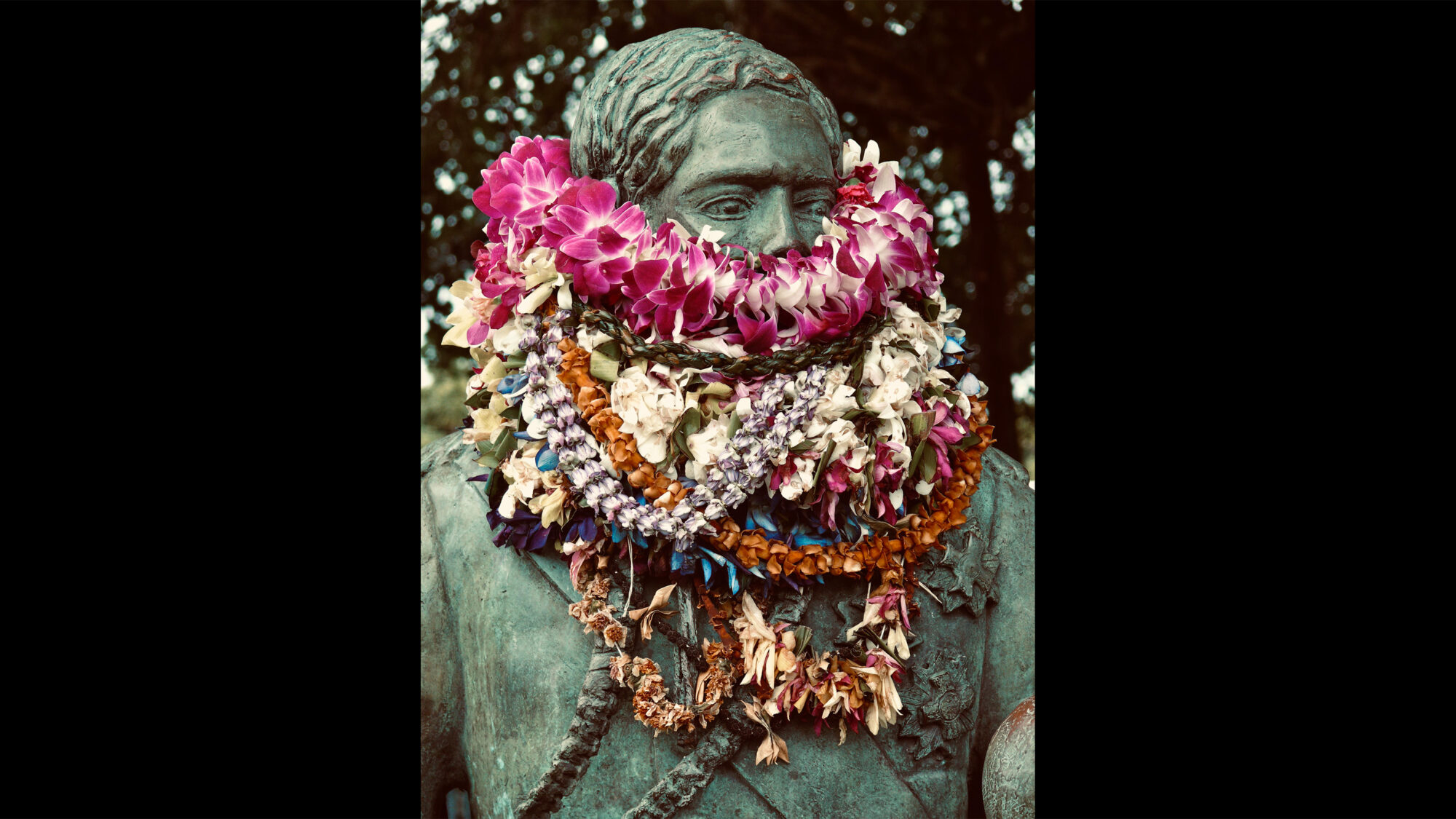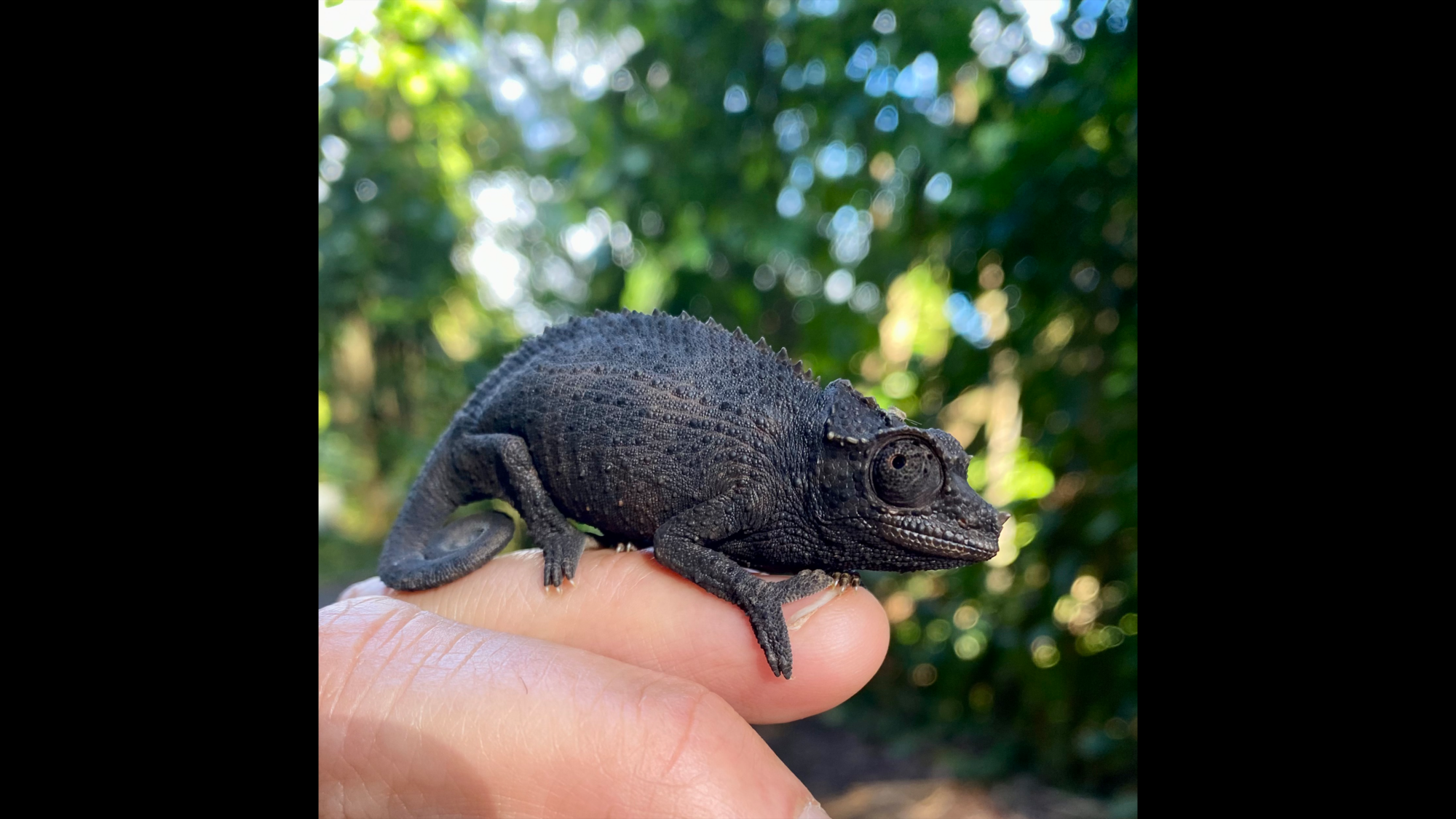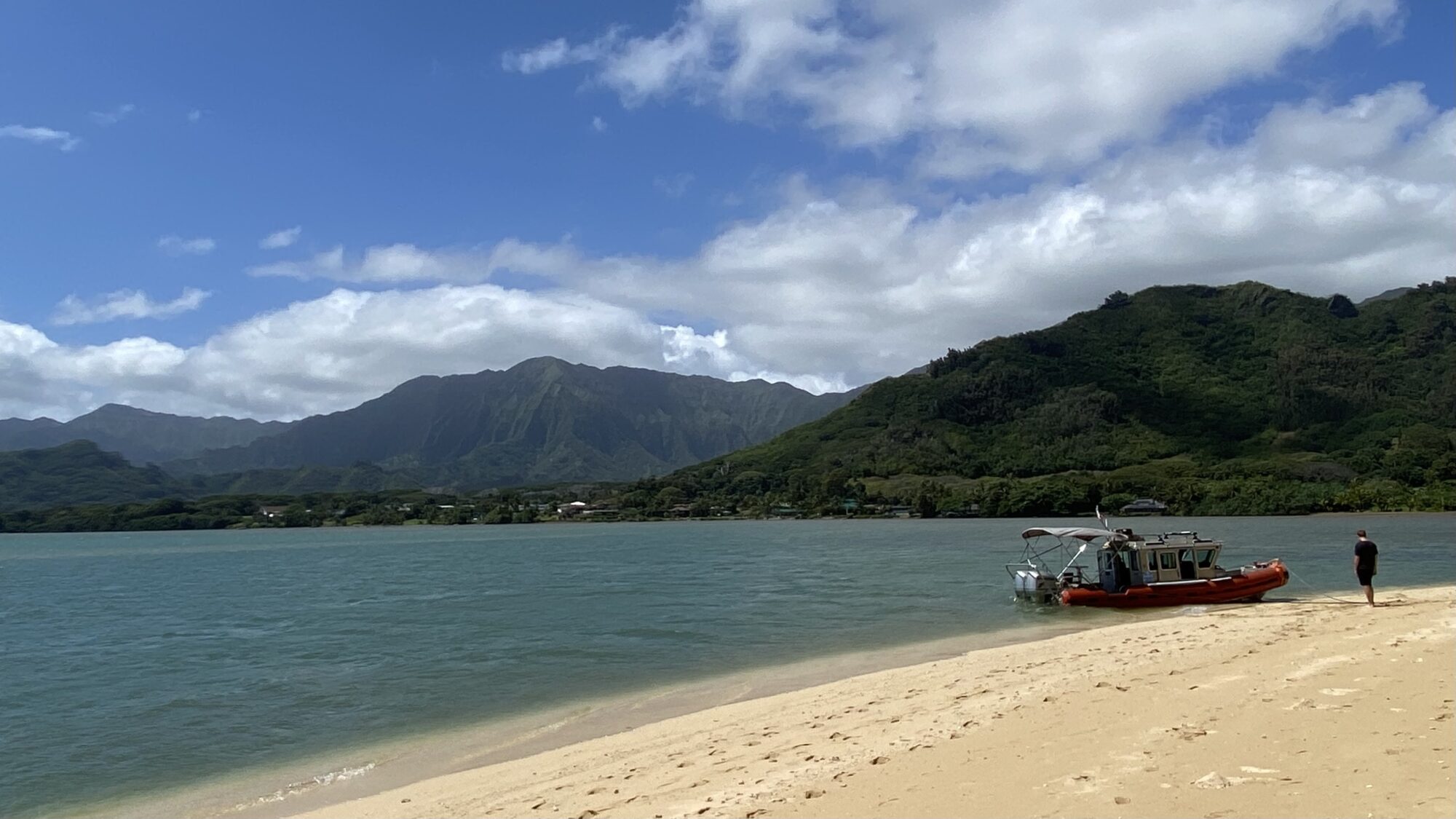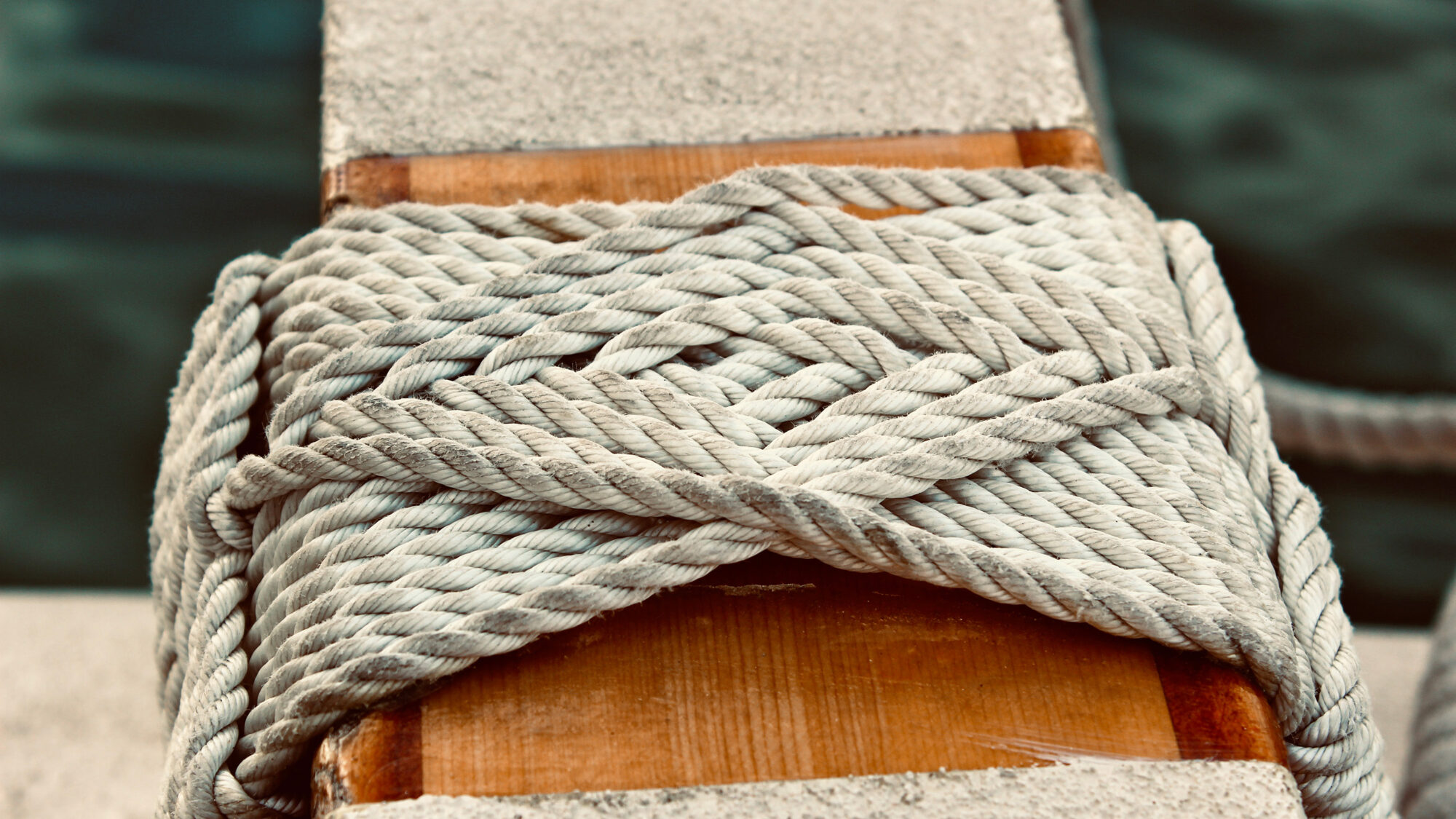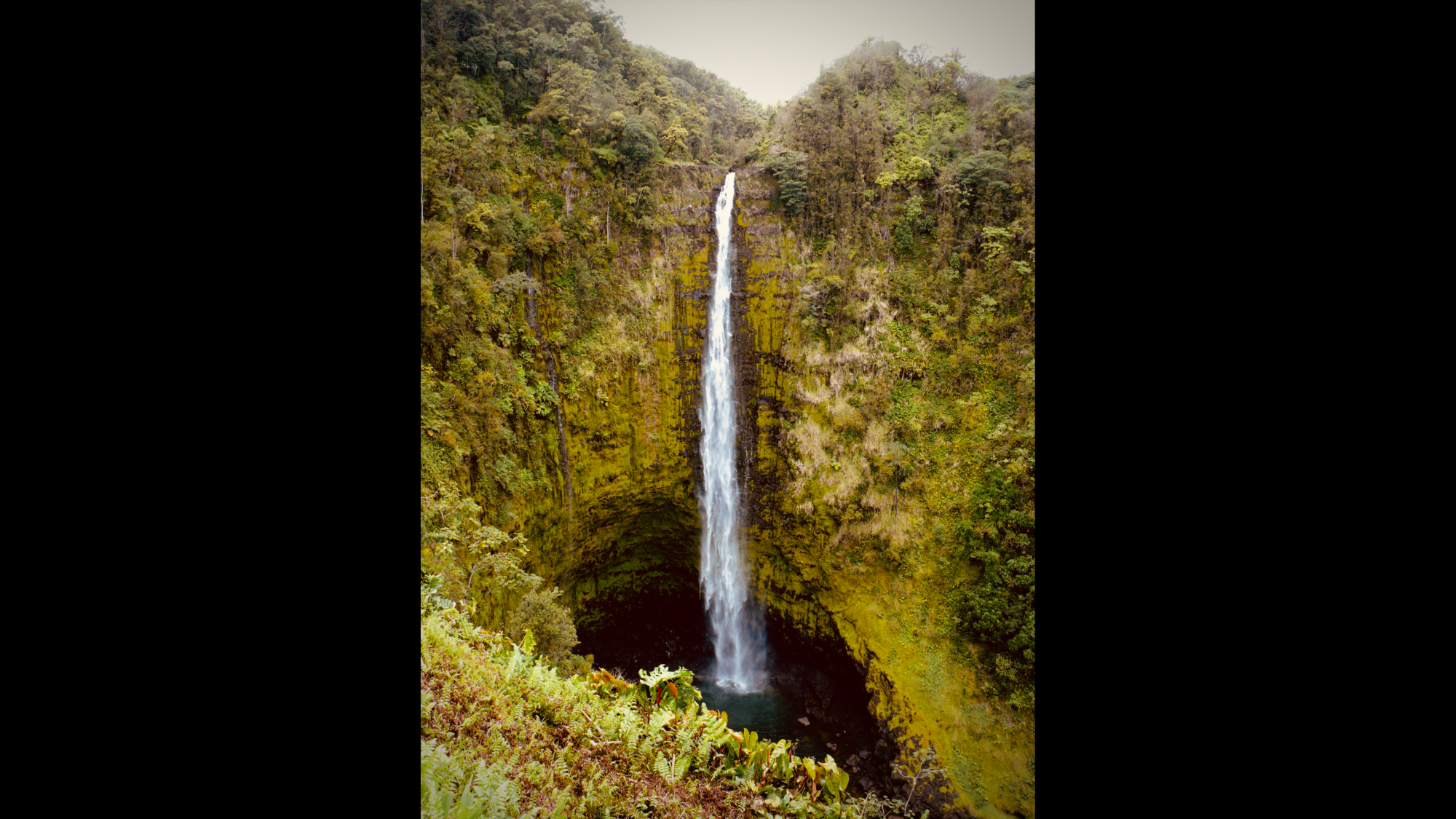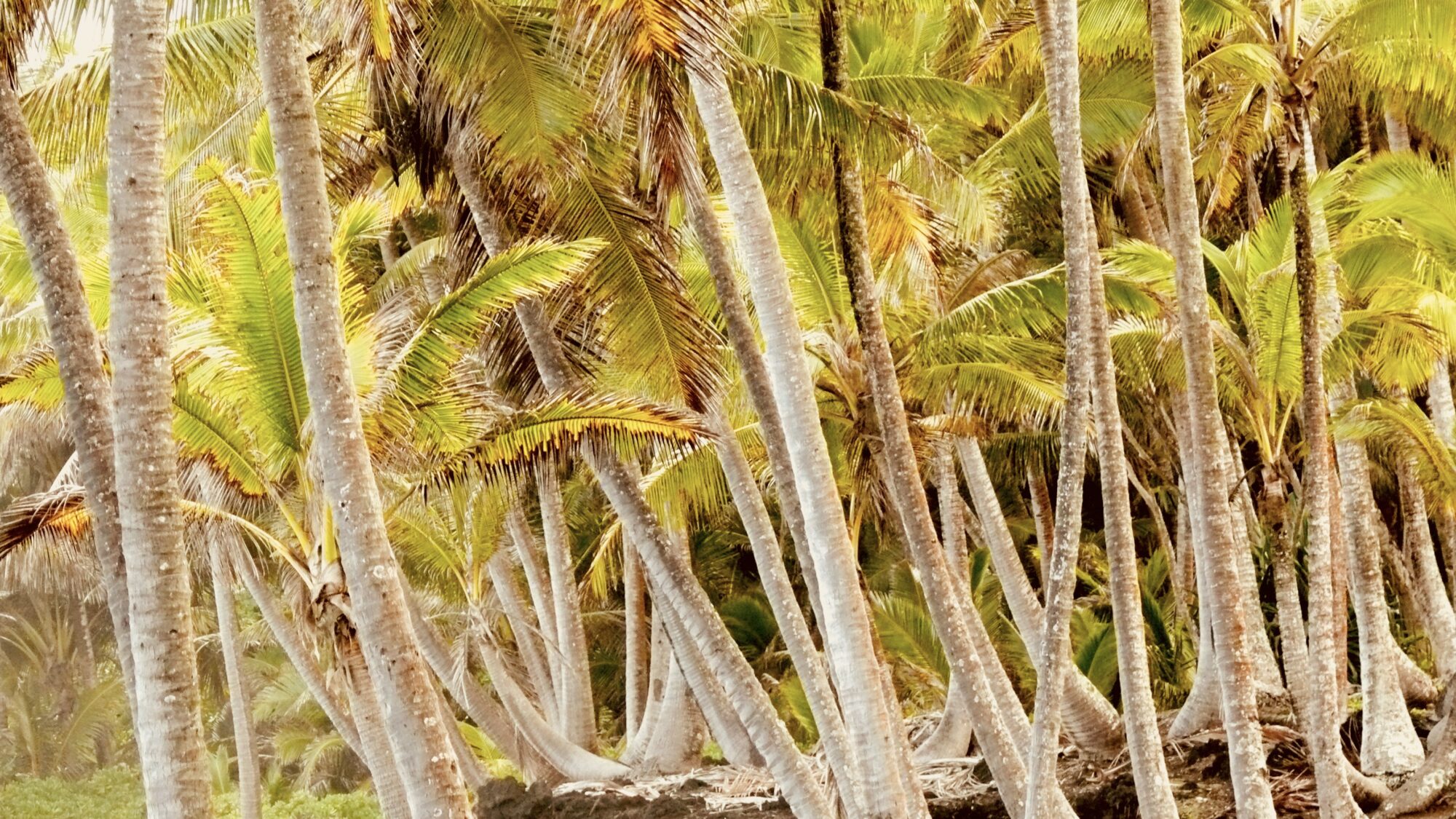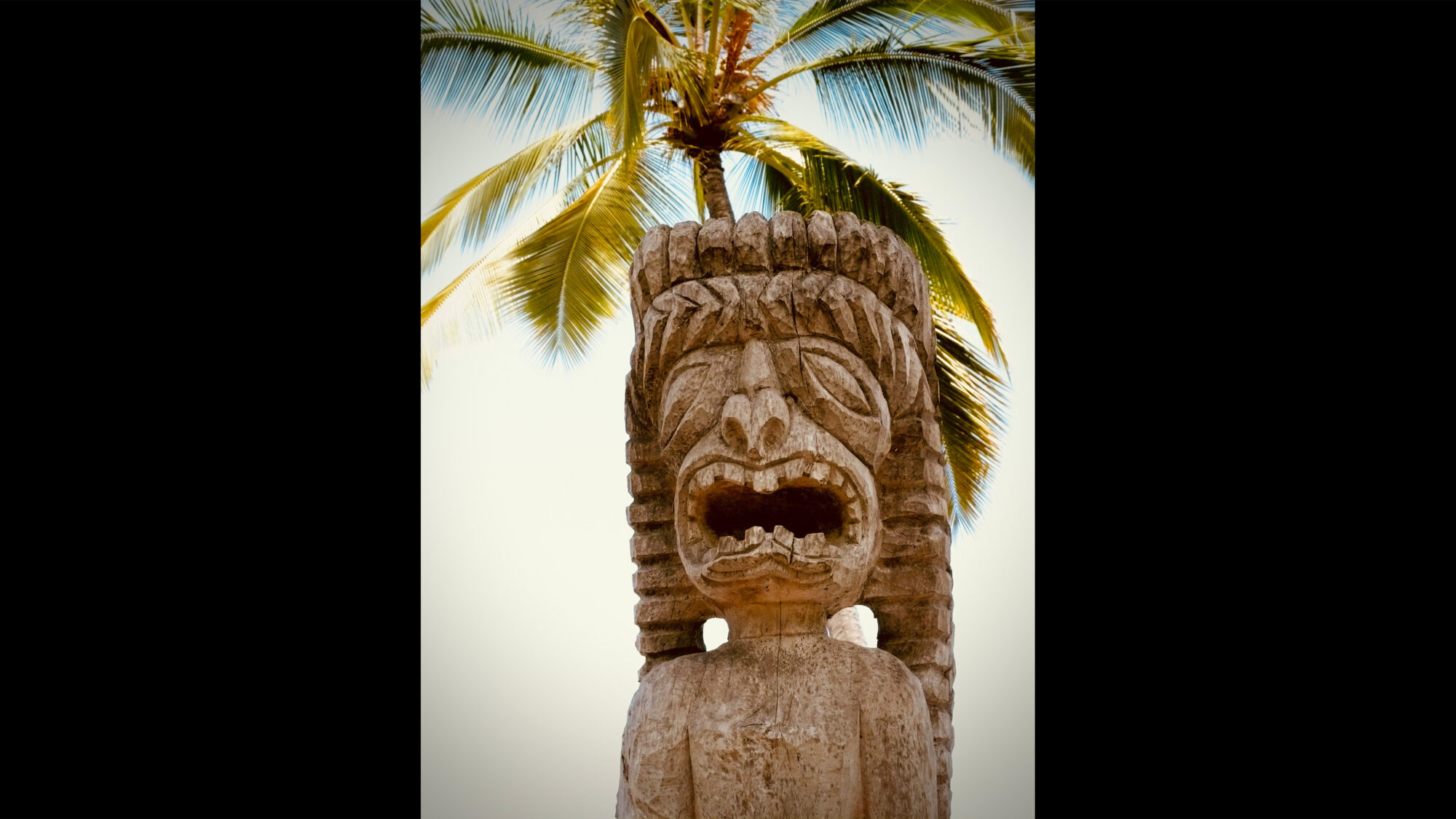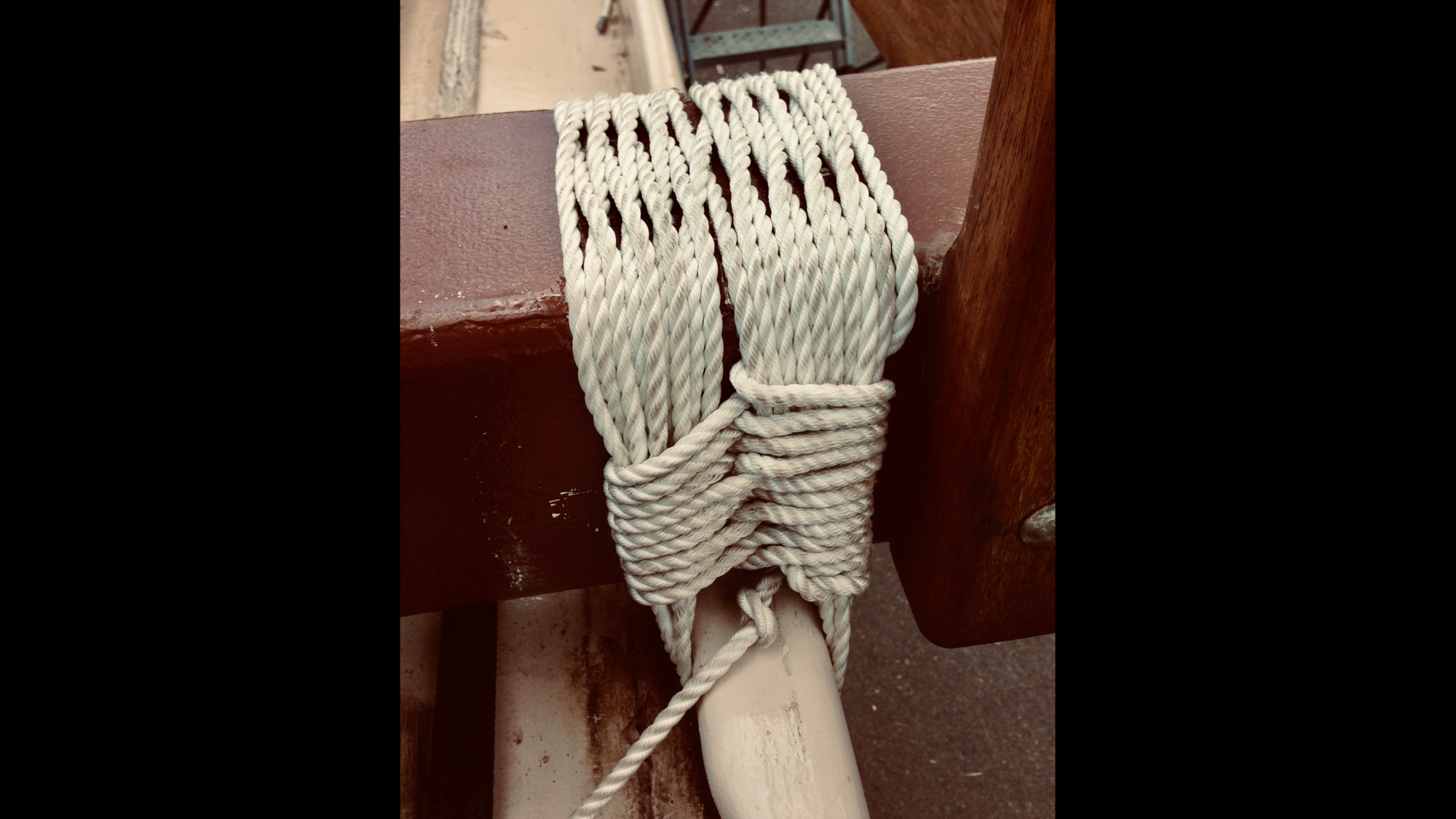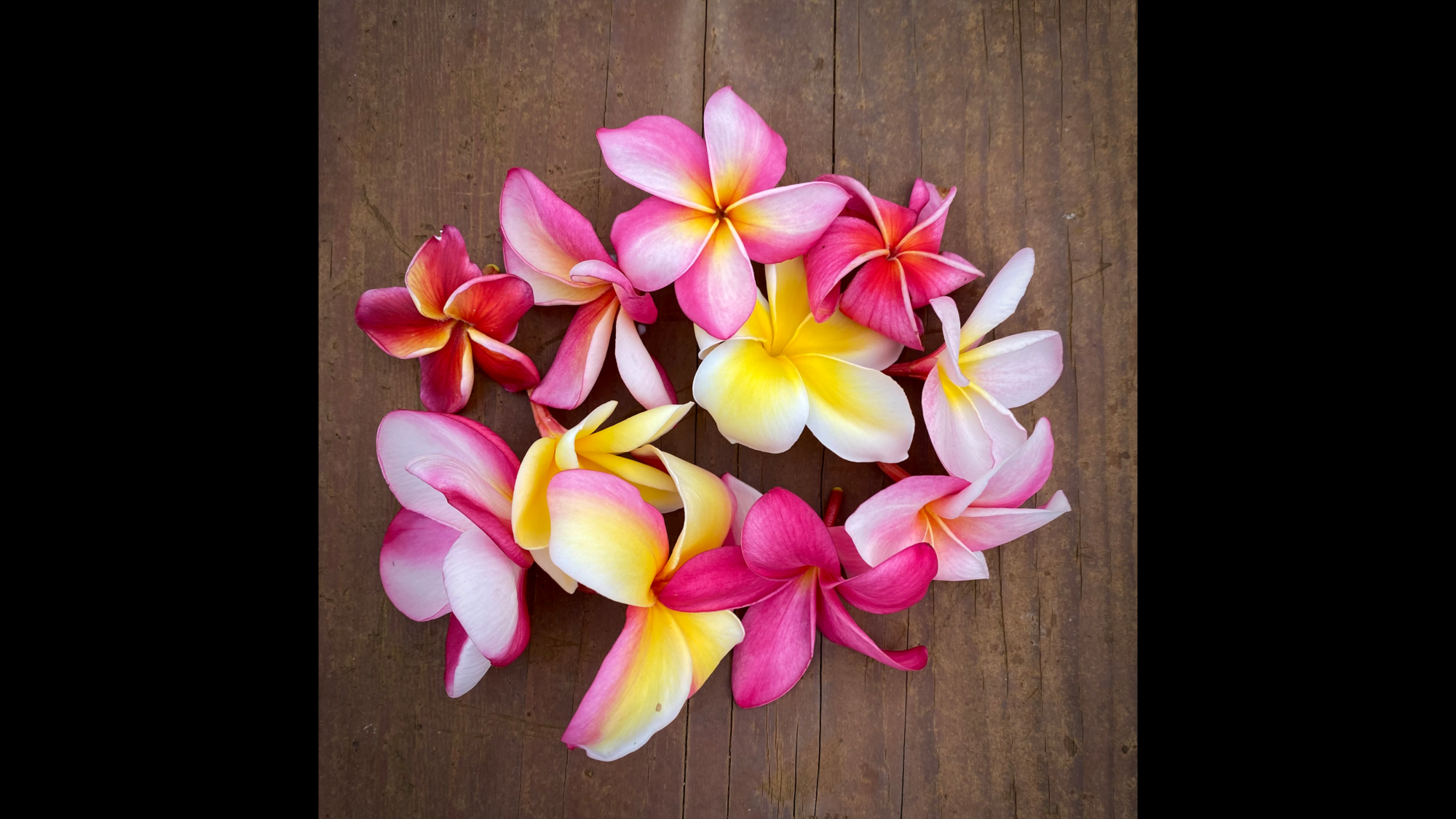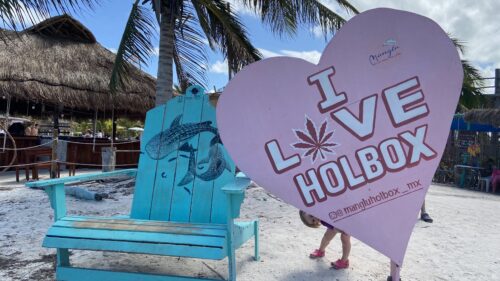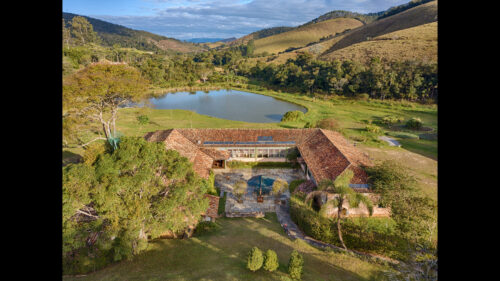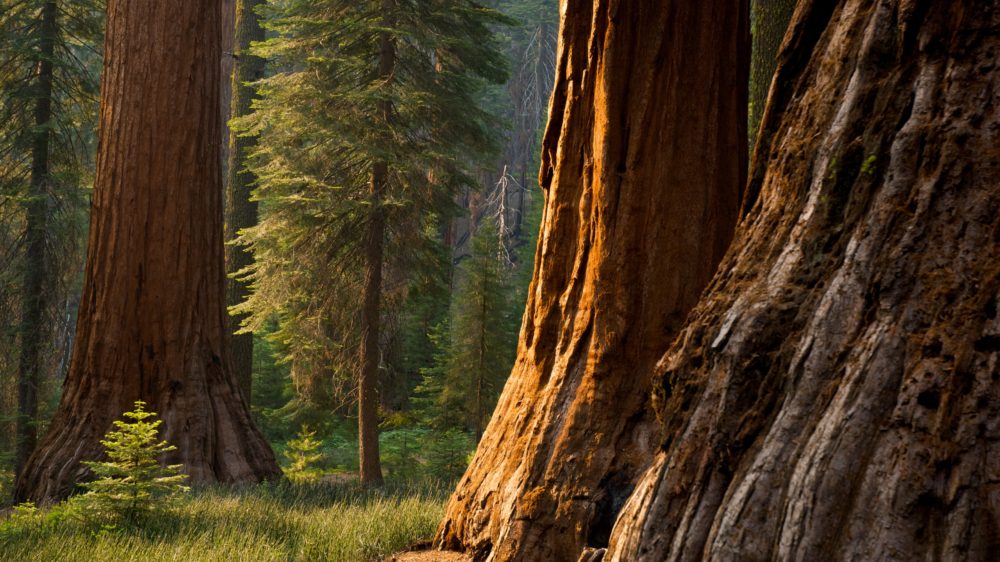Wayfinding Hawaiian stylee
Imagine Captain Cook’s surprise when, in the middle of the Pacific Ocean, he stumbled upon the Hawaiian archipelago and found a thriving civilization. These Polynesian pioneers who would have sailed more than 4,000km from Tahiti, weren’t descendents of some 10th-century version of Castaway or Giligan’s Island. The Professor was clever enough but no one on the SS Minnow had the foresight to pack things like live taro plants or pigs with them to start their new life (or leave the Howell’s behind). No, the first humans to set foot on Hawaii’s fair shores set sail with the expectation that they would find these islands which the demi-god Māui had pulled up from the ocean bottom with his magical fish hook and whispered of in their dreams.
Skeptics would likely dismiss this as another exercise in mythmaking: “If you were embarking on an epic sea voyage, wouldn’t you carry as much sustenance as you could?” Absolutely! So maybe the first voyages were just scouting missions led by the best warriors and sailors, the women and pigs would follow later. What’s mind boggling is the bravado and the impulse to sail for over a month without sight of land – and continue sailing away from home! And if the first voyage was only made by men, after gawking at the stupefying massif of Mauna Kea and Mauna Loa rising 4,000 meters, at least one of them might have thought: “Check out what’s in the middle of the Pacific Ocean – friggin’ awesome, we made it!…OMG, now we have to figure out our way back to our flyspeck of rock!” But likely not. Their ability to memorize their way back has to be on par with the Minotaur being able to remember where he left his keys in the labyrinth.
Actually, Daedalus, being a professional maze builder, designed a featureless labyrinth to keep the Minotaur eternally searching for the exit. Aside from the sun to help us determine east and west, most landlubbers see the vast ocean similarly inscrutable. Not so the ancient Polynesian mariners. They could pick up the scent of land from over 150 kilometers away. When the stars came out they could orient themselves at night without sextant or astrolabe, and during the day, instead of a watch or compass, they took their bearings from the birds they knew flew back to land to roost each night. Still, they had to pay attention to the winds and the currents to stay on track. Being observant and taking note was key. Nainoa Thompson, the great navigator who has revived the ancient art of Polynesian wayfinding says, “Vision is not so much about just looking, but knowing what to look for. It’s experience;” and adds, “Not everyone can navigate.”
Today so many amazing tools are at our disposal – Google Maps, TripAdvisor, Eater, etc. It appears as though the art of wayfinding is more of a pastime than an essential life tool, but we now need to equip ourselves with new tools and rules for navigating the ocean of information that now threatens to engulf us. Pre-internet, I loved hoofing it around the world, living by intuition and rapid-fire calculations to process all the foreign data inundating my senses. It was thrilling! Sometimes I still want to recreate that in my travels and I encourage others to do so as well. Just like having an expert guide escort you through jungle or savannahs where you could be something’s next meal, staring at one’s phone and pre-ordaining your experience from afar numbs us to experiencing the moment.
Travel at its best is life intensified, when all one’s senses come alive. Even when engaged in digital sleuthing, I feel I can still rely on my wayfinding instincts to make new discoveries. Leaning heavily on crowdsourced reviews or photos airbrushed into travel porn makes no sense, lest we want to experience a wee bit of what Douglas Coupland coined as expatriate solipsism: “When arriving in a foreign travel destination one had hoped was undiscovered, only to find many people just like oneself; the peeved refusal to talk to said people because they had ruined one’s elitist travel fantasy.” This is a condition I’ve felt and try to avoid because if one knows where to look, magic and adventure are all about, even near home.
When I was living in Hawaii, I got to participate in a sending off party for the Hōkūleʻa, a celebrated traditional Polynesian sailing canoe whose silhouette was dancing on the limpid waters of Kaneohe Bay. Soon it would head out on a three-year circumnavigation of the globe, its crew relying solely on traditional navigation skills. On the beach, a tree became festooned with purple Crown Royal bags and young men grew wobbly as they prepared the imu. Glowing hot lava rocks were plucked from a roaring fire and chucked into a pit. Covering them with a scrim of dirt, ti leaves, local pig and taro and old burlap coffee bags soaked in water were layered like a casserole and this was overlaid with a thick lid of dirt to retain the steaming heat. After midnight the aunties were still ‘talking story’ while steadily wrapping food in banana leaves for the next day. What a privilege and a joy it was to step to that production line and fall into rhythm with them – the kind of moment I live for.
Those are the times I want to conjure all the precious people in my life, hoping that they too will marvel at the uniqueness of the moment and just be IN it. Of course it’s a folly. In the Japanese tea ceremony, the oft-expressed sentiment ichigo ichie is an ode to ephemeral joy – this moment can never be repeated and should be appreciated because it’s fleeting. Still, it is a desire that fuels my passion to design trips – I’ve been conditioned to seek more joy and it’s also a joy to plan them for others.
This year, I got digging into heʻe hōlua, the ancient Hawaiian sport of sledding down the volcanoes. Imagine, luging on lava! On the Big Island, in addition to seeking out chameleons, coffee plantations, and art colonies, I looked for a run where Hawaiian chiefs once hurled themselves down slopes at 80km/h. Now overgrown with grass, some brave locals looking to revive the sport are restoring another run and fashioning sleds with wood and rope and prayer. The thought of a spill gives me chills, nope, that’s not how I get my thrills.
